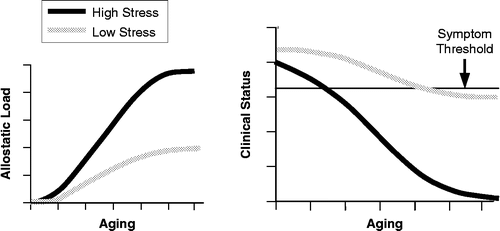Figures & data
Figure 2 Twenty-four hour ambulatory blood pressure monitoring records for a control subject and three patients (Pt) with baroreflex failure as a late sequela of neck irradiation.
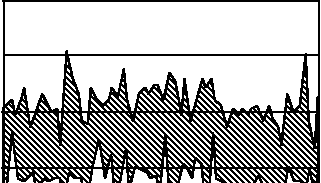
Figure 3 Values for arterial plasma adrenaline (EPI), noradrenaline (NE), forearm vascular resistance (FVR) and mean arterial pressure (MAP) in a patient with tilt-induced syncope. Grey arrows highlight changes in EPI and FVR preceding hypotension and syncope.

Figure 4 Overview of thermoregulatory mechanisms. SCS = sympathetic cholinergic system; SNS = sympathetic noradrenergic system.
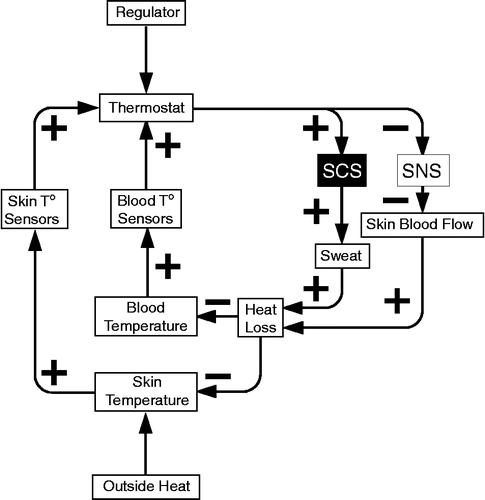
Figure 5 Hypothetical changes associated with heat shock. AHS = adrenomedullary hormonal system. Note positive feedback loop, indicated by a circuit with all (+) signs, as well as interference with a negative feedback loop, indicated by an even number of ( − ) signs.
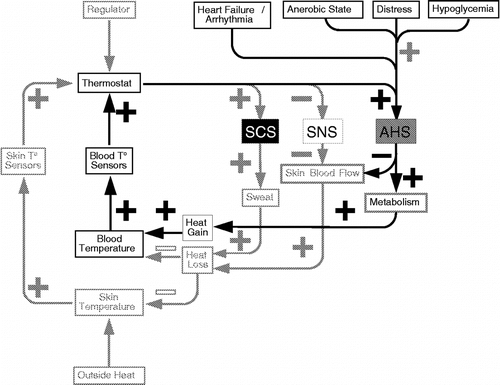
Figure 6 Model of compensatory activation of the sympathetic noradrenergic system (SNS) by thyroidectomy. THY: thyroid; TEMP: temperature.

Figure 7 Relative intensities of activation of the HPA axis, adrenomedullary hormonal system (AHS) and sympathetic noradrenergic system (SNS) during exposure to different stressors, based on literature review.
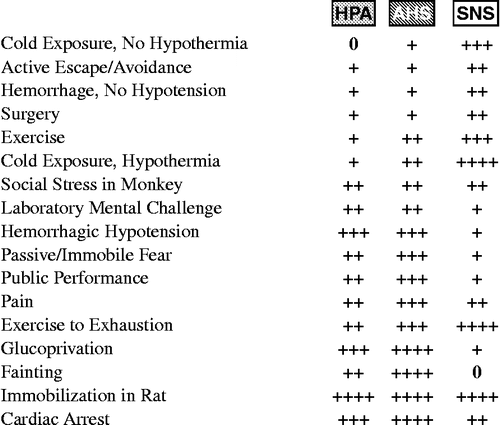
Figure 8 Model of effector sharing. The “barostat” and “osmostat” share the arginine vasopressin (AVP) effector.
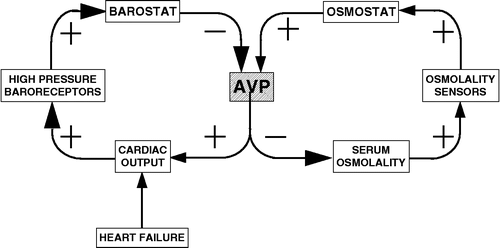
Figure 9 Plasma concentrations of corticotropin (ACTH) and adrenaline before and at 150 minutes after injection of 2-deoxyglucose into healthy volunteers, in the context of pretreatment with placebo or alprazolam. Differences between placebo and alprazolam conditions might reflect distress (gray rectangles).



